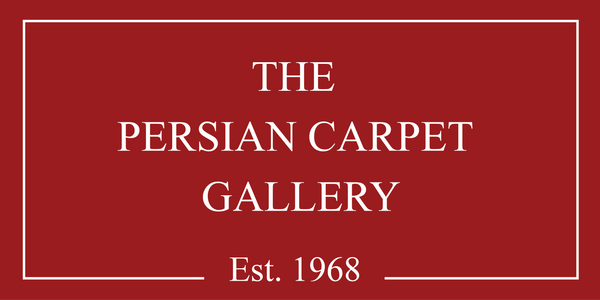Unsure about purchasing a rug online? Try it at home for FREE!
We understand that choosing the perfect carpet from just the images can be challenging. If you're unsure about your choice, simply send the SKU or the link of the carpet to info@pcgaustralia.com or call 1800 2000 28 and we'll make things easier for you with a free home trial Australia-Wide.
Persian Tabriz
Stock No: PE-142-001441
Size(m): 1.27×0.87
This extraordinary pictorial rug, measuring 1.27 by 0.87 meters, captivates with its depiction of the historical figure Artemisia of Caria, a queen and military commander allied with the Persian army during the Greco-Persian Wars.
The historical figure in this rug is likely to be Artemisia I of Caria. She was a queen and military commander who served as an ally of the Persian Empire under Xerxes I during the Greco-Persian Wars, which included the famous Battle of Salamis in 480 BCE.
Artemisia I is renowned for her strategic prowess and leadership during the naval engagements. While she wasn't a Persian herself, her contributions as an ally to the Persian forces earned her historical significance. The stylized portrayal includes wings attached to her figure, emphasizing her exceptional status.
The addition of wings to the depiction of a historical figure like Artemisia I is likely a stylistic choice rather than an accurate representation. In historical and artistic contexts, wings are often symbolic and may represent various ideas, such as divinity, transcendence, or a heroic or mythic quality.
It's more plausible that the wings are included in the artistic representation to convey a symbolic or metaphorical meaning, possibly emphasizing her exceptional and elevated status as a military commander or a powerful figure.
When interpreting stylized elements in art, it's essential to consider the artistic license taken by the creator and the symbolic intent behind such embellishments. While wings may not align with the historical accuracy of Artemisia I, they can convey a unique artistic expression within the context of the Persian carpet's design.
Artemisia stands proudly, holding a spear or flagpole in her right hand, dressed in a beautiful orange gown. In her left hand, she carries a mysterious artifact, perhaps a small dagger. The scene is adorned with stylized white flowers in the mid-area, symbolizing beauty and transience.
The carpet's aesthetic is enhanced by a sense of tranquility, acknowledging life's fleeting nature. Columns, both solid and broken, symbolize the passage of time and the impermanence of existence.
This rug, with its rich symbolism and historical narrative, would adorn any setting, providing joy and pleasure to its owner while preserving a connection to a remarkable historical figure for generations to come.
Purchase it today with complete confidence, knowing you possess a unique piece of art with a story that transcends time.




